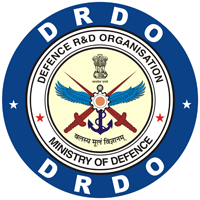Evaluation of DNA Extraction Methods of Mule Dung
DOI:
https://doi.org/10.14429/dlsj.4.14269Keywords:
DNA extraction; Kit; Dung; Metagenomics; Mule.Abstract
DNA isolation is a critical step in microbial community analysis of animal dung. DNA isolation from mule dung is challenging due to microbial diversity, composition and chemical nature of mule dung. Therefore, selection of an appropriate DNA isolation method is important to analyse the complete microbial diversity. In the current study, we evaluated the DNA isolation from mule dung samples (n=11) using QiAmp Mini stool kit as per manufacturer’s procedure with modifications. The results suggest that modifications in proprietary column based method improved the DNA quality and quantity suitable for mule dung microbial community analyses.
Downloads
Published
How to Cite
Issue
Section
License
where otherwise noted, the Articles on this site are licensed under Creative Commons License: CC Attribution-Noncommercial-No Derivative Works 2.5 India

